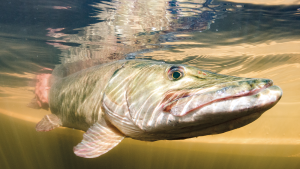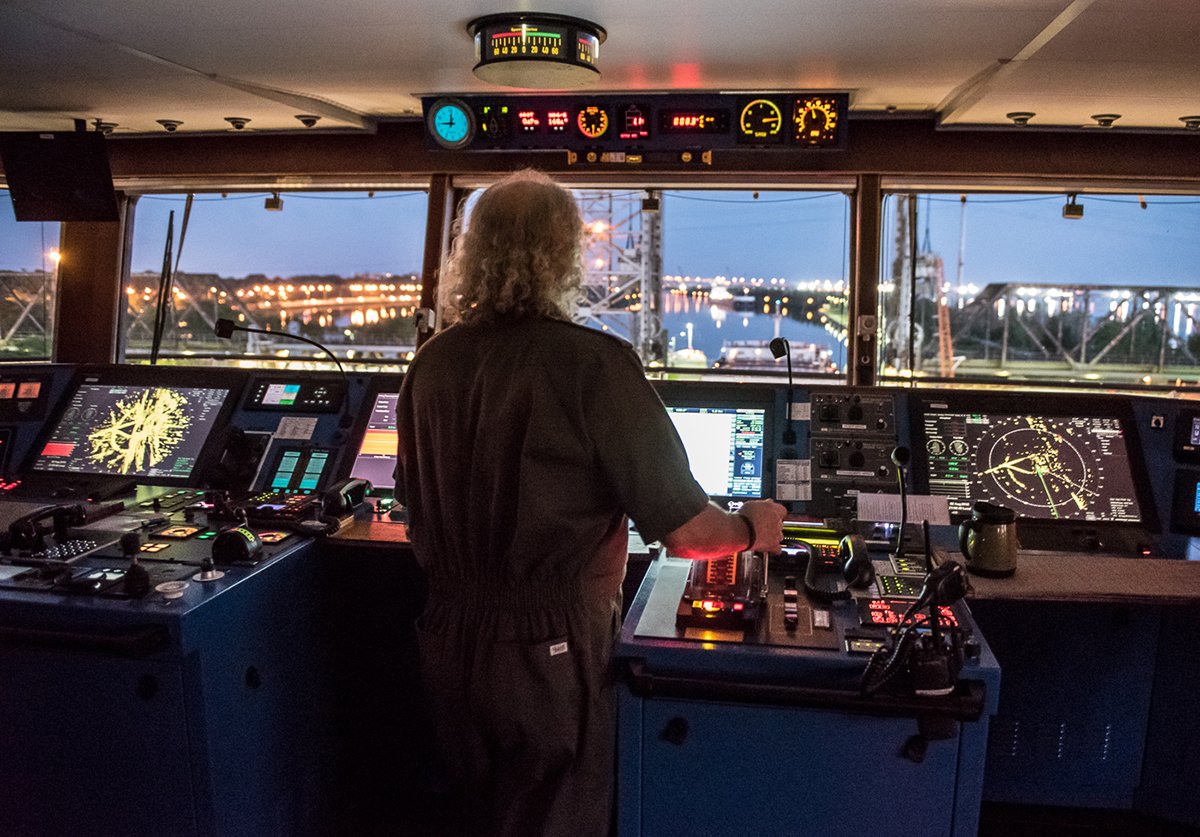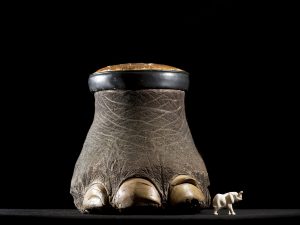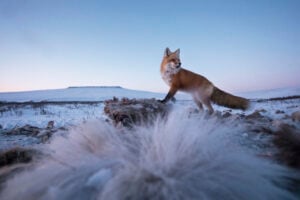
Environment
Space invasion: Is it too late to save the Great Lakes?
How a cocktail of invasive species and global change is altering the Great Lakes-St. Lawrence River ecosystem
- 2231 words
- 9 minutes
This article is over 5 years old and may contain outdated information.
Exploration

Shipping cargo on the Great Lakes is big business, in almost every sense of the word. In 2010, about 48,000 people worked in the industry, helping Canadian freighter ships transport more than 142 million tonnes of cargo through the famous waterways.
Carrying important-but-bulky products of the Canadian economy – think iron ore pellets, wheat, soybeans, gravel, cement, even road salt – these ships are the cheapest and most efficient (in terms of energy use) means of transportation.
In the July/August 2017 issue of Canadian Geographic, writer Ian Coutts and photographer Thomas Fricke delve into the largely hidden, multi-billion-dollar business of shipping goods through the Great Lakes. They were aboard the G3 Marquis, a 226 metres long freighter that’s roughly the same size as Toronto’s TD Ban Tower when laid on its side. It is one of a new generation of bulk carriers, and built to the absolute maximum size the seaway allows (also faster, less polluting and require smaller crews than their predecessors.)
Here are a selection of Fricke’s images.










Are you passionate about Canadian geography?
You can support Canadian Geographic in 3 ways:

Environment
How a cocktail of invasive species and global change is altering the Great Lakes-St. Lawrence River ecosystem

Wildlife
An estimated annual $175-billion business, the illegal trade in wildlife is the world’s fourth-largest criminal enterprise. It stands to radically alter the animal kingdom.

Travel
Named after the south star, Octantis is Viking’s first expedition ship, which incorporates visits to Indigenous communities, supports environmental protection and more

Wildlife
Wildlife photographers on the thrill of the chase — and the importance of setting ethical guidelines